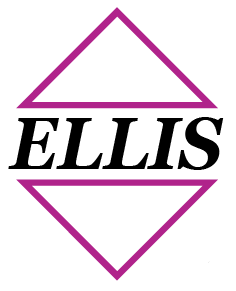Fall arrest is designed to catch a person once he or she falls, whereas restraint systems are designed to keep the free fall from occurring in the first place. A restraint is intended to be a leash, reasonably preventing access to a fall-hazard zone. In practice, this is extremely difficult, especially if the system is moved. It is far better to treat it as a fall arrest system meeting fall arrest requirements.
See “Introduction to Fall Protection, 4th Edition” page 209.
Order your copy of “Introduction to Fall Protection, 4th Edition” today. This invaluable resource will take you from the structure design stage to post construction maintenance. Click to find out more!

